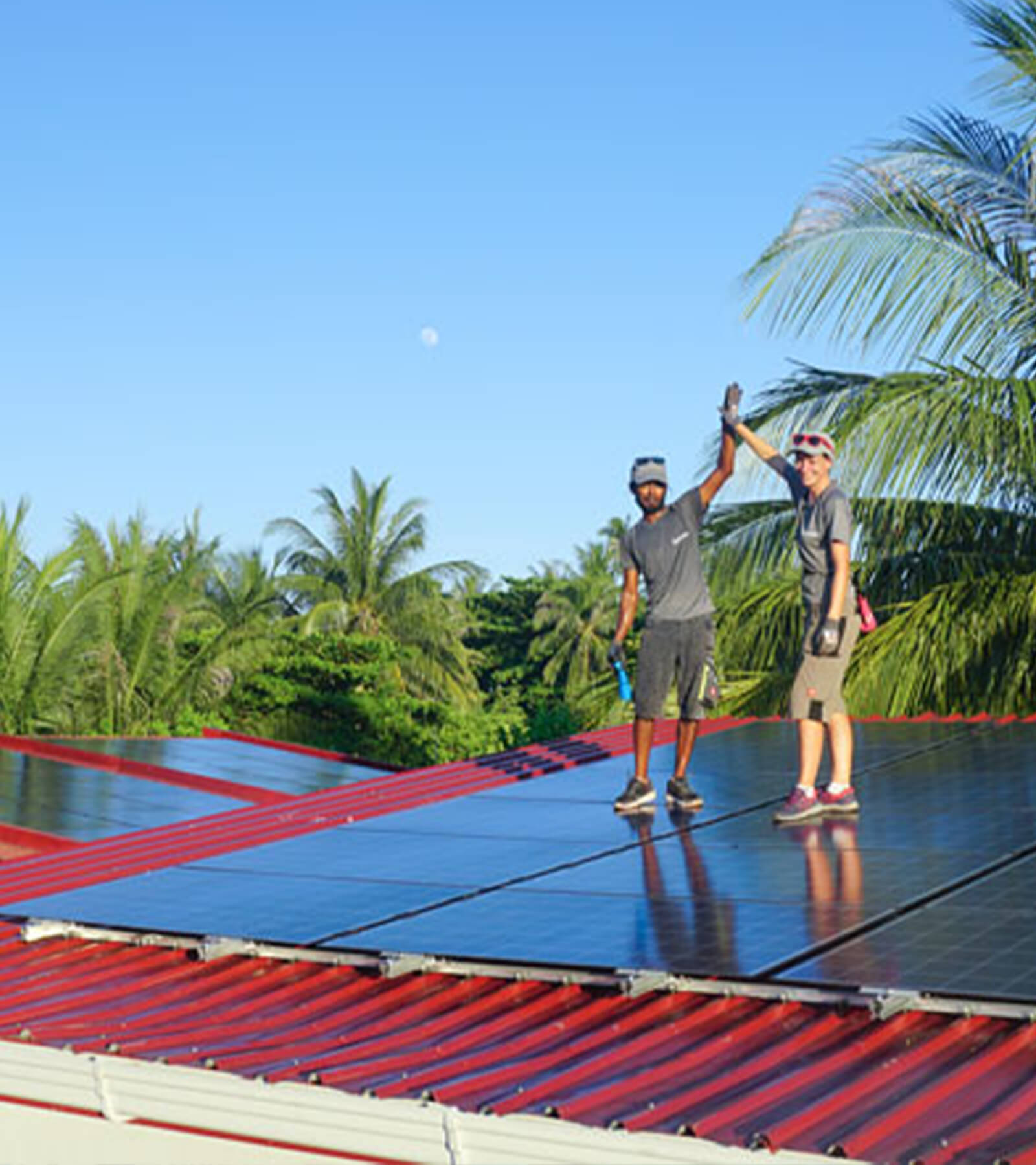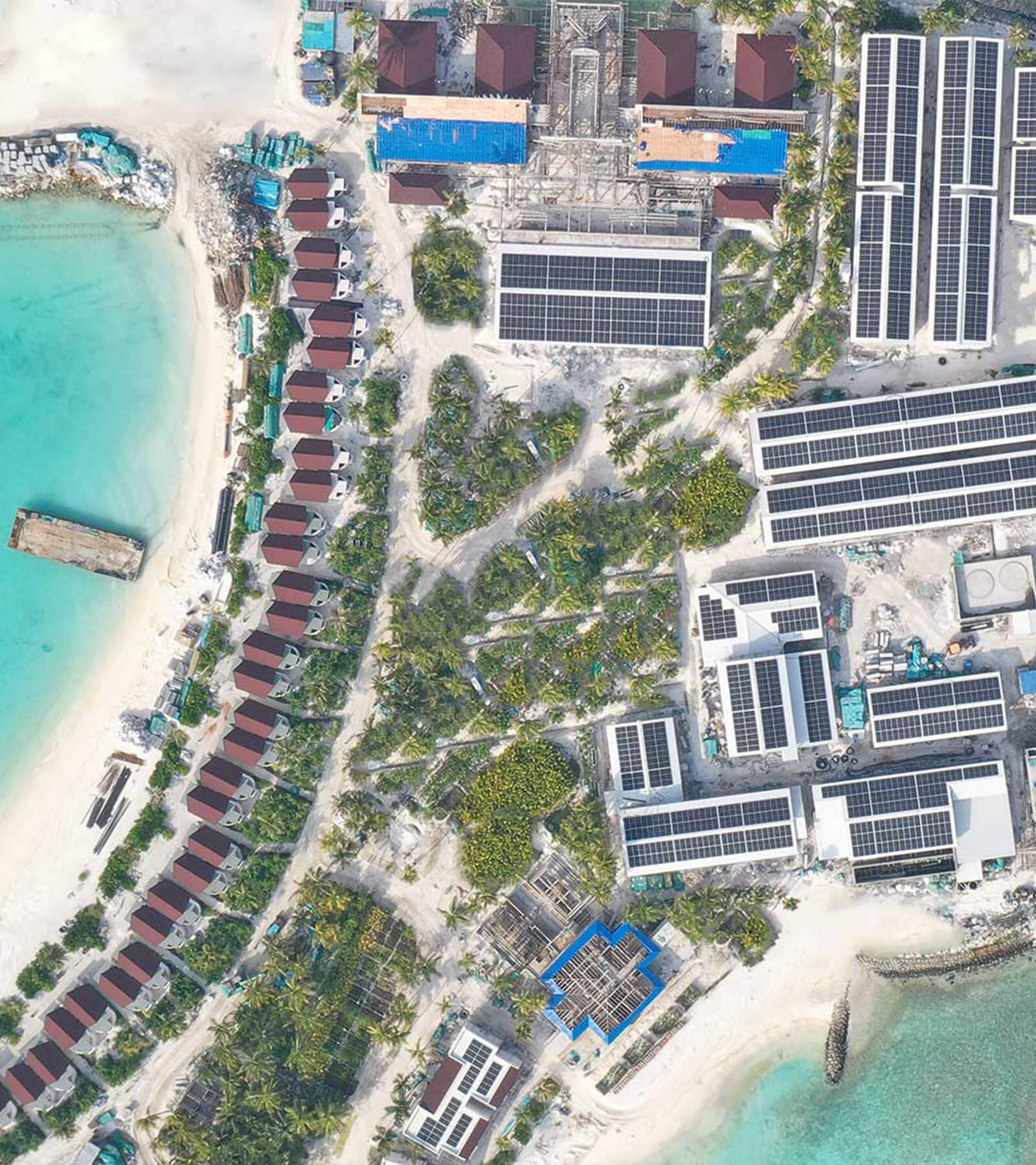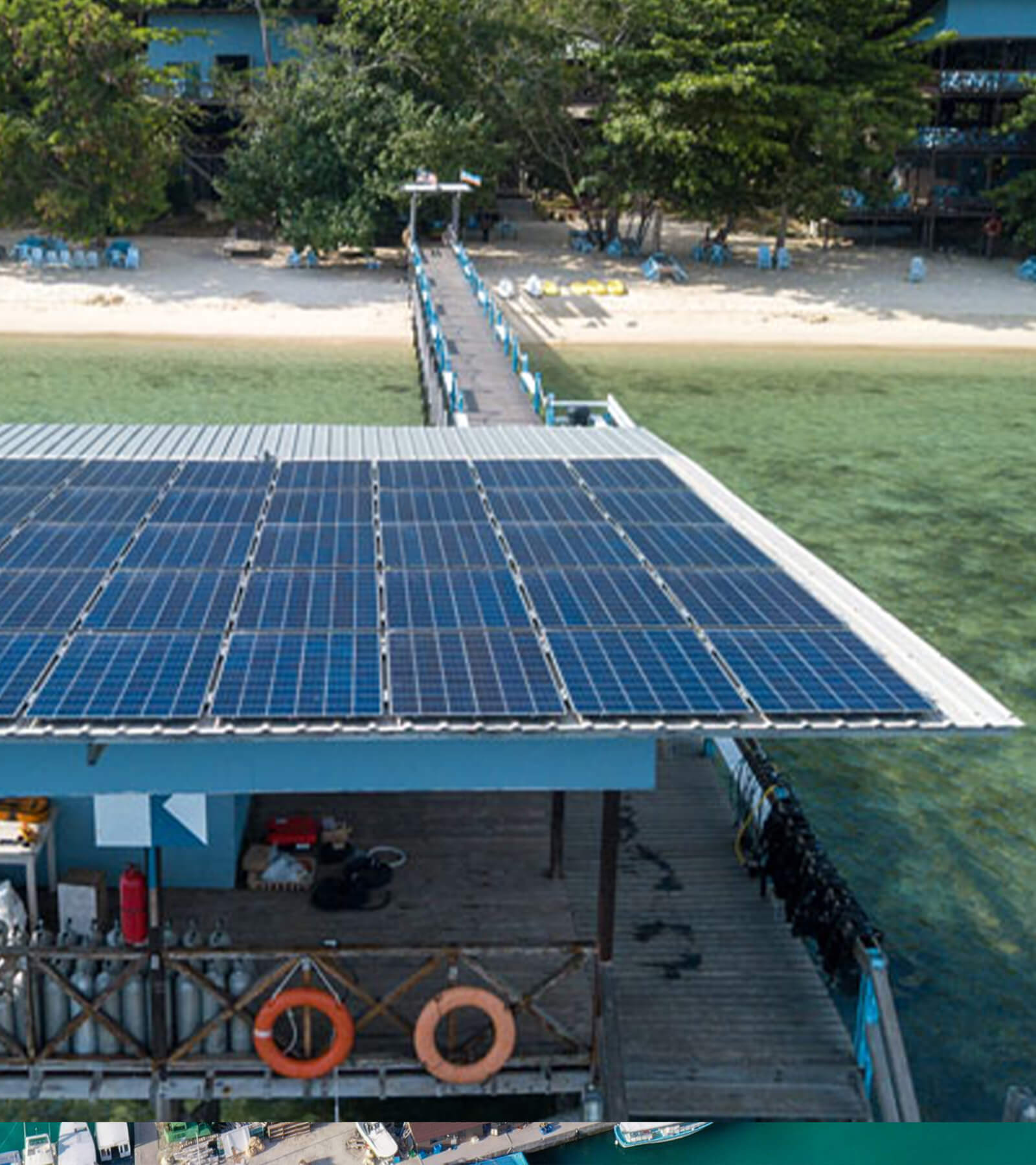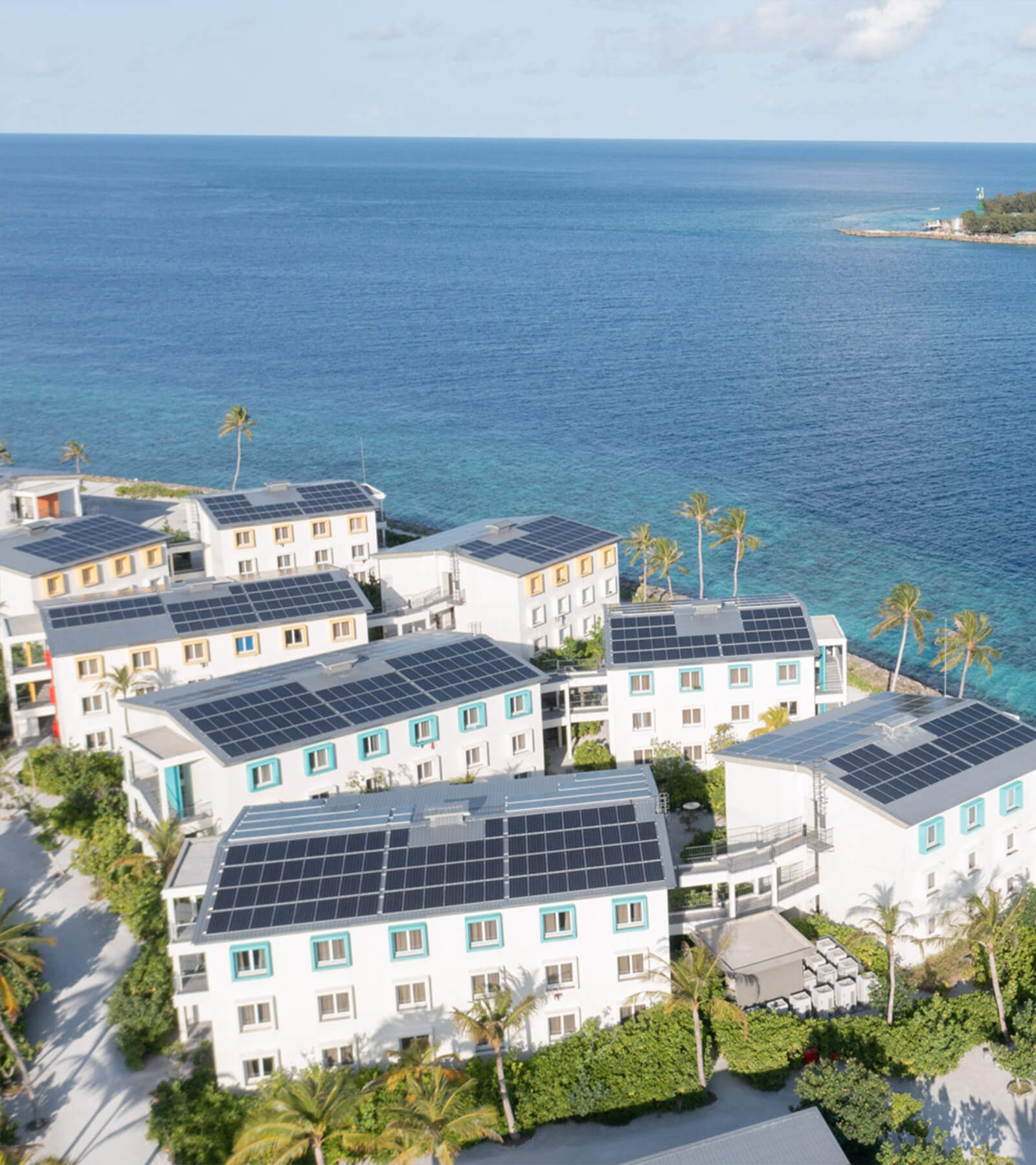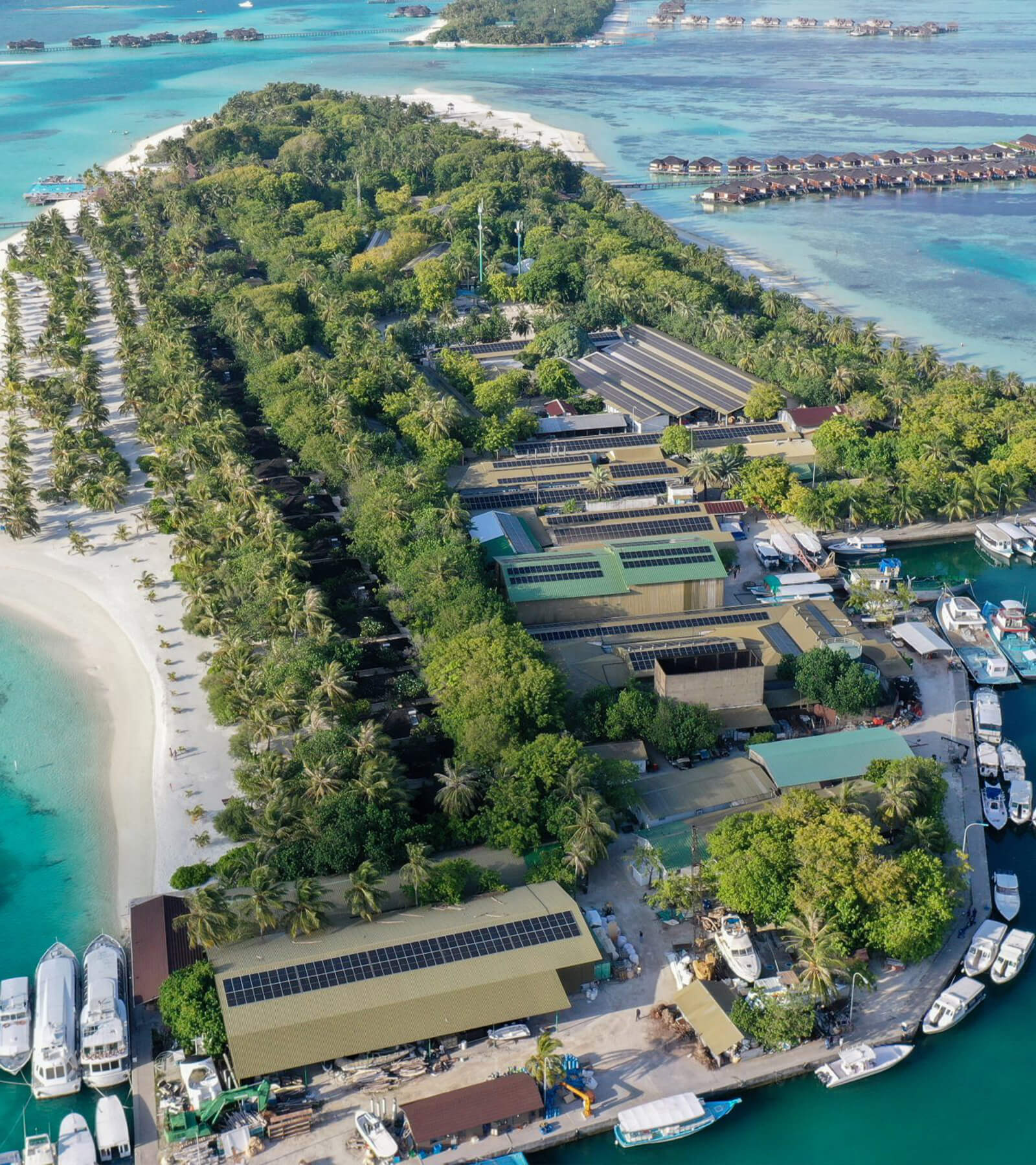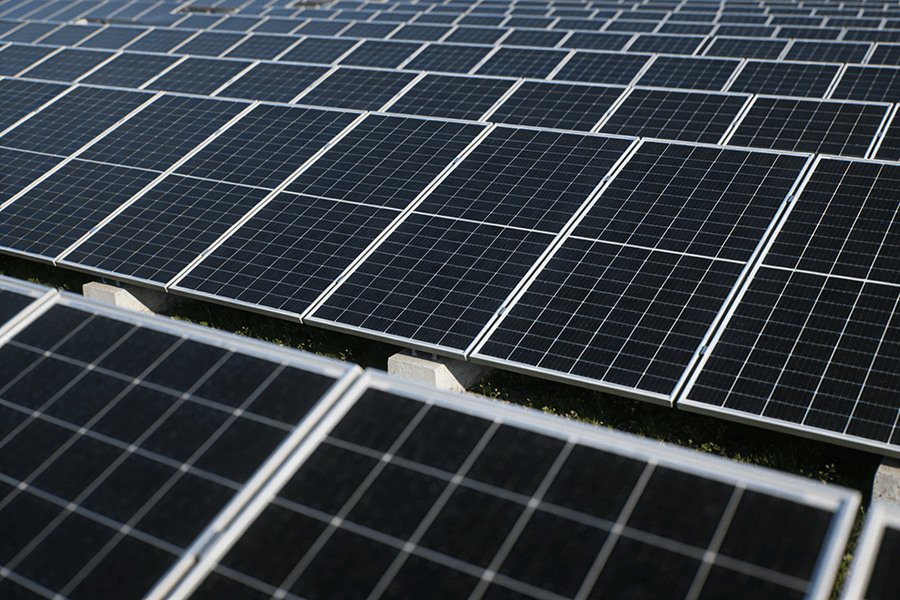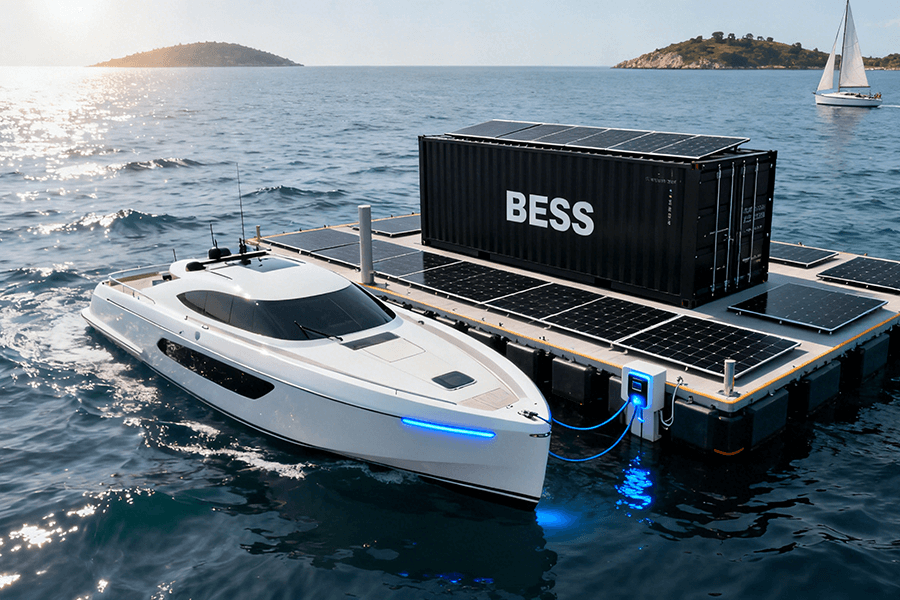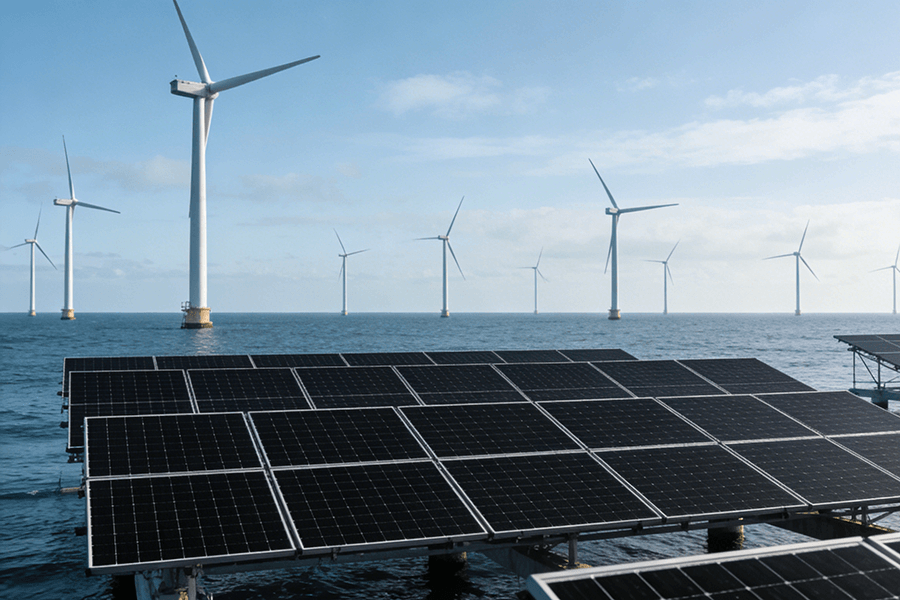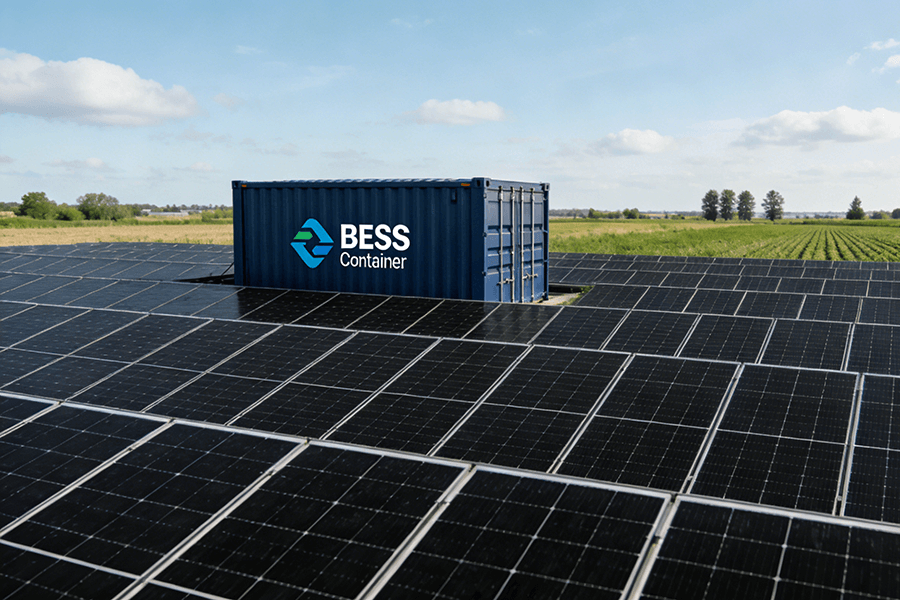How much does a 100kw solar system produce?
A 100kW solar system, in an area with ample sunlight, can produce around 400-500kWh per day. The system’s 100kW inverter is capable of supporting a maximum instantaneous power output of 100kW. When evaluating the system’s ability to power devices, we need to consider both the power requirements (how much load the system can handle at once) and the consumption (how long it can power devices).
With a daily output of 500kWh, a 100kW solar system can run loads totaling up to 20kW for 24 hours. The following sections will analyze both resistive and inductive loads, with detailed calculations based on real-world scenarios.
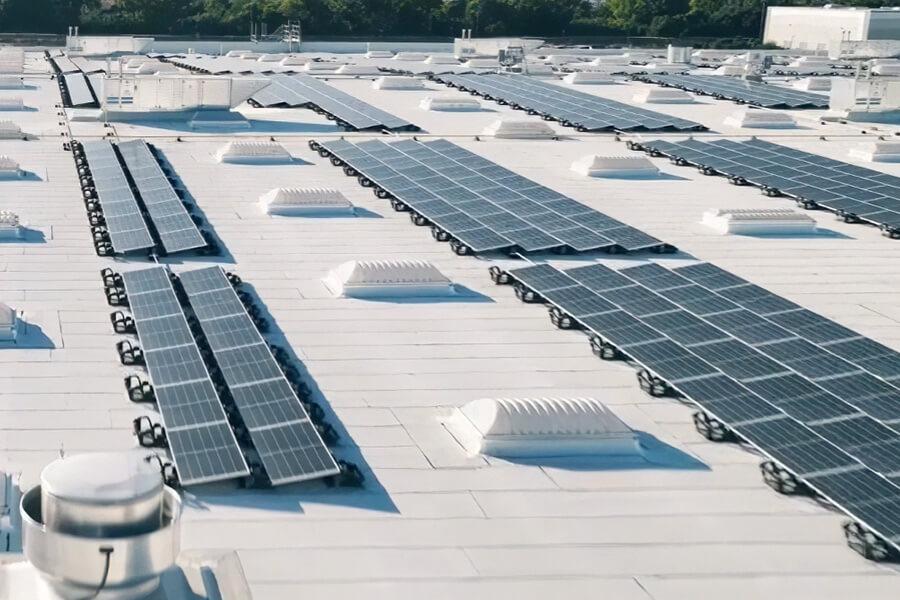
Analysis of the 100kW Solar System
-
Daily Energy Production:
In ideal sunlight conditions, a 100kW solar system can produce approximately 400-500kWh per day. The exact amount of energy produced will vary based on seasonal changes, location, and weather. -
Inverter Power:
A 100kW inverter can support a maximum instantaneous output of 100kW, meaning the total running power of all connected devices should not exceed this value. -
Load Types:
When selecting loads for your system, it’s essential to distinguish between resistive and inductive loads, as these can impact inverter performance differently. Inductive loads (such as air conditioners and motors) typically require higher starting power, meaning the inverter must have adequate short-term overload capability.
Summary of Common Loads
Resistive Loads:
- Examples: Light bulbs, electric heaters, water heaters, electric ovens.
- Characteristics: These devices have a power factor close to 1, meaning they will not significantly overload the inverter and can be run continuously within the inverter’s rated power.
Inductive Loads:
- Examples: Air conditioners, electric motors, water pumps.
- Characteristics: These devices have higher starting power demands, often 2-3 times their rated power, and need inverters with short-term overload capacity.
Power-Based Analysis
A 100kW solar system inverter is designed to handle a total load of up to 100kW, so when calculating the maximum number of devices that can be run simultaneously, we must consider the load type.
Resistive Load Simultaneous Running Examples:
- Electric heater (20kW) × 5 units = 100kW 👉 Can run simultaneously
- Light bulbs (100W) × 1000 units = 100kW 👉 Can run simultaneously
Inductive Load Simultaneous Running Examples (with 1.5x starting power):
- Refrigerator (1kW, starting power 2kW) × 40 units = 80kW 👉 Can run safely with starting power overhead
- Medium-sized pump (10kW, starting power 20kW) × 3 units = 60kW 👉 Can run simultaneously
Key Points Summary:
- Total simultaneous load power ≤ 100kW (inverter output limit).
- Inductive loads can have 2-3 times their rated power at startup, requiring the inverter to have sufficient overload capacity.
- The number of devices running at the same time must be carefully managed to avoid exceeding the inverter’s maximum capacity.
Consumption-Based Analysis
Assuming the system produces 500kWh per day, here’s how long different loads can run based on their power requirements:
Electric Heater (20kW):
- 500kWh ÷ 20kW = 25 hours/day
- 👉 This supports 2 electric heaters running all day, or 1 electric heater running for 25 continuous hours.
Light Bulbs (50kW):
- 500kWh ÷ 50kW = 10 hours/day
- 👉 This can support 1000 100W light bulbs running simultaneously for 10 hours.
Air Conditioning (25kW, starting power 50kW):
- 500kWh ÷ 50kW = 10 hours/day
- 👉 This supports 2 large air conditioning systems running for 10 hours continuously.
Air Conditioner Starting Power Explanation
- Air conditioners require higher power during startup. For instance, if an air conditioner’s running power is 25kW, its starting power can reach up to 50kW. When multiple air conditioners are started simultaneously, the load on the system can exceed the inverter’s maximum power capacity, potentially causing an overload. Therefore, when using air conditioners, it’s important to stagger their startup times to avoid exceeding the system’s capacity.
Maximum Load for 24 Hours:
Based on 500kWh of daily energy production, the system can support loads totaling 20kW running continuously for 24 hours, consuming a total of 500kWh per day.
Application Example
Let’s consider a commercial facility with the following requirements:
- Lighting: 5kW for 8 hours per day
- Refrigeration: 50kW for 24 hours per day
- Air Conditioning: 25kW for 10 hours per day
Total Maximum Simultaneous Power: 80kW
Total Daily Consumption: 400kWh
This scenario fits within the capabilities of a 100kW solar system, as the maximum simultaneous power demand of 80kW does not exceed the inverter’s rated capacity of 100kW. The daily energy consumption of 400kWh is within the system’s daily production of 500kWh, meaning the system can effectively power all these loads with room to spare for system losses and other minor inefficiencies.
Conclusion
A 100kW solar system is capable of supporting a range of devices, from industrial equipment to residential appliances, depending on their power requirements and usage patterns. Proper load management is key to ensuring the system operates efficiently without overloading the inverter. By understanding the system’s daily energy output and the power characteristics of various devices, users can maximize the benefits of their solar investment.
Email: [email protected]

